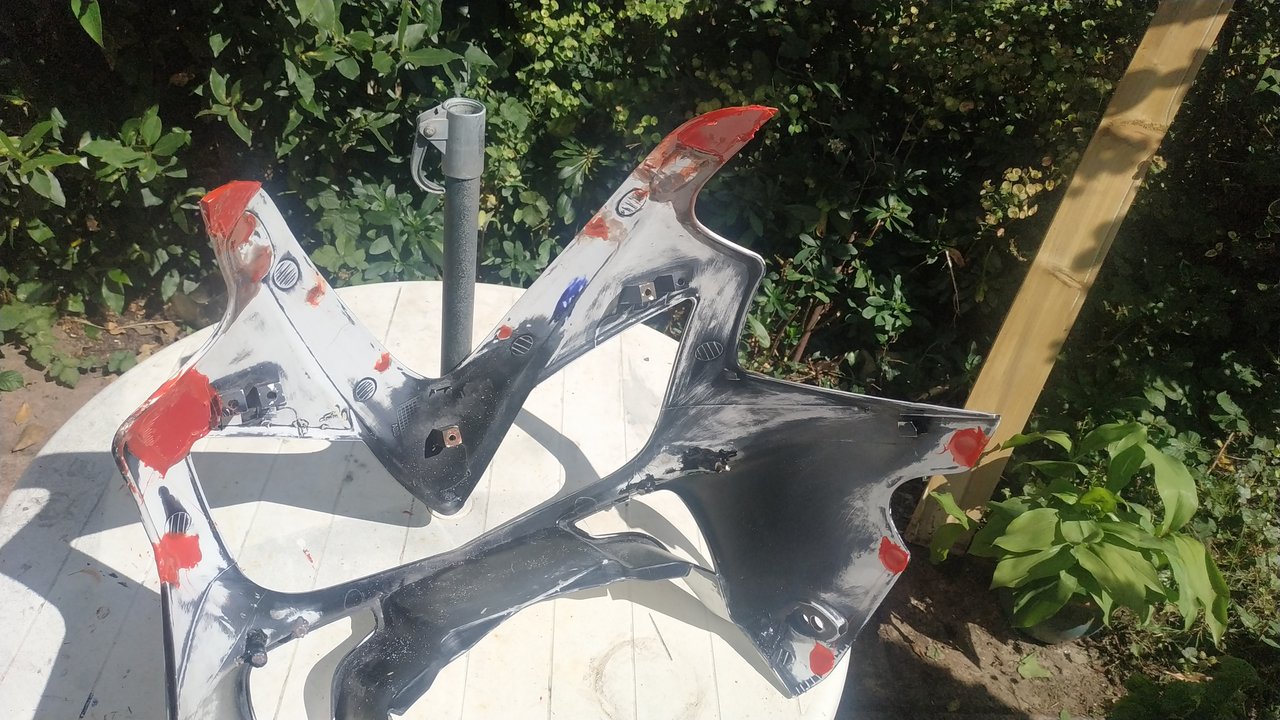Kram
Member
- Messages
- 8,362
- Location
- Sussex
Decided to fix up some bike plastics and solvent welding seems to be the best way. Ive done a few bits very happy with how easy it is. I looked up the solvents, acetone would do it, but I chose MEK as it also works on POM, and seems to be the common one in cements. Good reference here for plastics and solvents.
http://nerfhaven.com/forums/topic/18527-intro-to-solvent-welding-plastic/
I disolved some ABS in a 30ml glass jar to make a thick paste. After use it takes a good 24hours is a minimum to cure, but has a touch dry skin in half hour. Parts must be clamped to get a good join.
I think this disolved paste could be used to cast plastic parts as an alternative to 3d printing. I need a battery adaptor so might try casting one with this paste. I could either mask off a tool and paint onto that, or take a mould from a battery and pour the paste in around solid filler to minimise solvent use. Tools, batteries etc all seem to be nylon which is resistant to the solvent, but thick plaste wont go past masking tape.
I am unsure if it is best painted in thin layers to let it evaporate or poured thick.
Anyone have experience?
http://nerfhaven.com/forums/topic/18527-intro-to-solvent-welding-plastic/
I disolved some ABS in a 30ml glass jar to make a thick paste. After use it takes a good 24hours is a minimum to cure, but has a touch dry skin in half hour. Parts must be clamped to get a good join.
I think this disolved paste could be used to cast plastic parts as an alternative to 3d printing. I need a battery adaptor so might try casting one with this paste. I could either mask off a tool and paint onto that, or take a mould from a battery and pour the paste in around solid filler to minimise solvent use. Tools, batteries etc all seem to be nylon which is resistant to the solvent, but thick plaste wont go past masking tape.
I am unsure if it is best painted in thin layers to let it evaporate or poured thick.
Anyone have experience?


